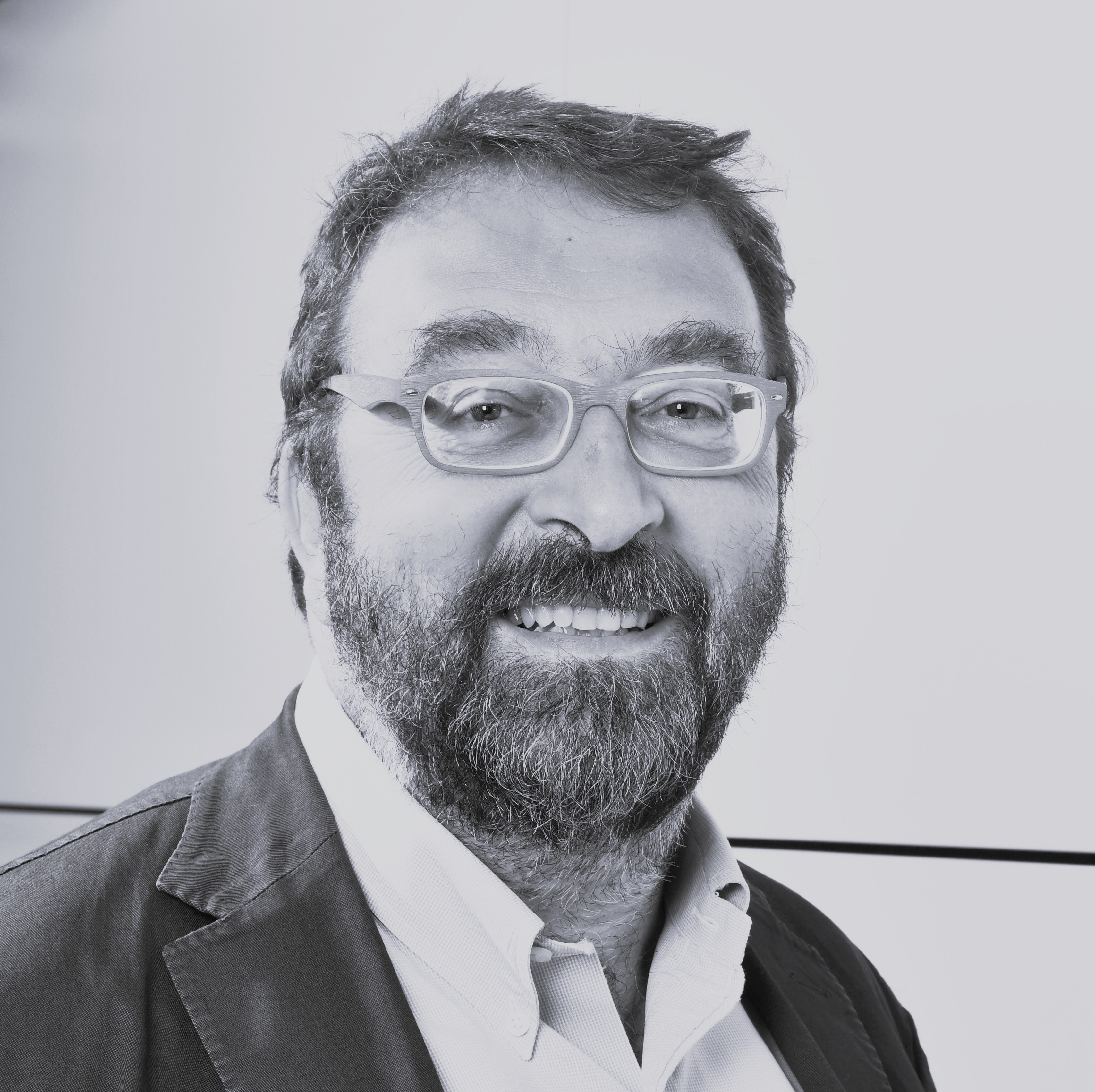Nowadays TV news and newspapers tell us stories of floods, drought, tornadoes and flash floods, but it’s highly likely that in the future these dramatic events will be even more frequent, damaging and widespread. And since time immemorial, “disaster narrative” is a perfect recipe to draw the audience’s attention, even better if it deals with real stories of common people that the audience can identify with. Even more so if there’s an actual risk that sooner or later the emotions we live through the TV screen could become real life experiences.
So here’s the two TV series we have chosen to introduce this time. One is still under preparation, and we know quite little about it. The other instead has been already broadcasted, with remarkable success.
The first is an American series, an NBC channel project. It’s called American Disaster, a title that says it all. It’s written by Michael McGrale (CSI: Miami), and directed by Deran Sarafian (the director of House and The Strain). It’s focused on the efforts of a small village in the Midwest that gets hit by a disastrous tornado, and whose citizens will have to learn to cooperate in order to recover. The idea is to develop an anthological series, where each season will introduce a different natural disaster, and people’s reactions to it. What’s relevant in this series is that it will focus mostly on what happens after the disaster, when journalists and cameras leave, leaving citizens to deal with devastation, but most of all with the need to rebuild both material things and relations.
The other series instead describes disaster in real time. Als de dijkenbreken (“when dams will collapse”) it’s a joint Dutch-Flamish production that in November 2016 shocked the public in the Netherlands and in the Flanders. The story follows the personal tribulations of five different people (Holland Prime Minister and other common citizens), and describes what happens when, due to a chain of underestimations and inadequate institutional answers, a superstorm pushes the sea against the Project Delta dams, that have been completed in 1986 to protect the coastal area of the rivers Rhine, Mosa and Schelds delta. The dams collapse under the force of the sea, and this causes a disastrous flooding of the area called Ranstadt, the conurbation including the four main Dutch cities of Amsterdam, Rotterdam, Utrecht and Den Haag. While the Belgian Prime Minister Verbeke decides to evacuate Ostenda and the whole area under threat as soon as the situation starts looking dangerous, his Dutch colleague Krueger fears the economic and politic consequences of a mass evacuation, and issues a warning without taking any other measure. The result of this is panic and destruction.
The catastrophe is overwhelming: whilst in the Civil Protection crisis room politicians and technicians can’t do anything else but watching, the sea wipes away Rotterdam, burying the city under meters of water and sweeping away all the cars that are stuck in a massive traffic jam, causing the death of 25,000 people. Another 100,000 go missing. At a certain point the crisis room itself has to be evacuated and the unlucky (and reckless) Prime Minister is forced to fly away by helicopter, and face the sight of the most prosperous part of the country under sea water. During his visit to an emergency centre, he is chased away by angry refugees.
Als de dijkenbreken was broadcasted between November 2016 and January 2017, reaching a 26% share in Holland and a 45% share in Belgium. It deals in fact with a very salient issue in these countries: the last flood in 1953 caused the death of 1,835 people, and 70,000 had to be evacuated. For this reason the Rijkswaterstaat, the Dutch state water board, felt the need to have its experts explaining the state of the art to the public after each episode. And so Harold van Waveren, head of the national coordination body on floods, explained that the series shows a “very extreme” scenario, and contains some misrepresentations, but also that two of the places where the dams collapse in the TV fiction, Nordwijk e Katwijk, are in effect particularly vulnerable, and are therefore constantly reinforced. And van Werven’s conclusion was that “a country like our is particularly vulnerable to climate change, and this series is useful, because it raises awareness and sense of urgency.”



